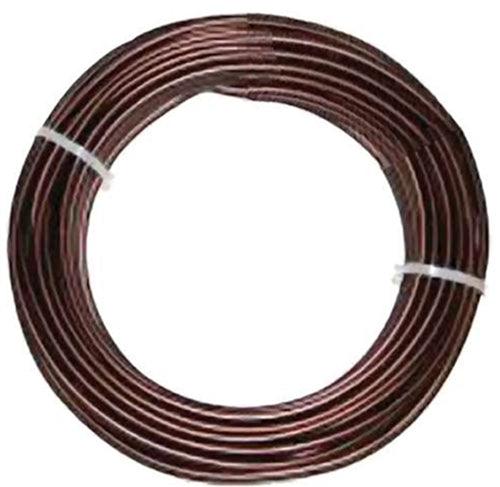 This Trident maple's (Acer buergerianum) massive nebari is a dead giveaway that it was field grown before it was moved to a container
This Trident maple's (Acer buergerianum) massive nebari is a dead giveaway that it was field grown before it was moved to a container
I once read a report from Cornell University about the advantages of planting trees directly into the native soil, rather than the common practice of digging in soil amendments, a practice that may be good for the garden center’s bottom line, but not always so good for your plants (the Cornell report is in reference to landscape planting, though the same idea might apply to field growing bonsai).
If you think about it, it makes sense; if you create a pocket of richer soil, then the roots tend to stay in that pocket. Over the long run this causes slower growth and increased susceptibility to drought and winter kill. This is especially true with landscape planting and in cases where you want your field grown bonsai to grow unimpeded for a few years to achieve rapid thickening of the trunk
This doesn't mean you shouldn't mulch, which is different than creating pocket of rich soil. Just apply about a 3 inch deep layer of mulch in a fairly wide circle around the trunk (or throughout your field growing area) and it will help keep down weeds, keep the soil warmer in the winter and cooler and hold water better in the summer, and provide nutrients to the roots as it breaks down. Over the years the result will be richer soil and healthier plants
The same goes for top fertilizing. You can apply it to the surface of the soil and the nutrients will leach down to the roots
Continued below...

The same Trident maple fifteen years earlier, right after it was dug from the field. At this point the nebari measure 20" (51cm) at its widest point. This photo and the one above are from Bonsai Today issue 64
Continued from above...
There are exceptions of course, the obvious one being if you have soil that is toxic or drains so poorly that it renders growing almost anything impossible. Then building new soil before you start planting is essential (raised beds can be a good solution). And also a lot of work. Fortunately most landscapes already have adequate soil
We're lucky. Our soil is fairly sandy and we're on a hillside, so there’s no worry about drainage; it can rain as much as it wants

Digging a field grown Japanese Black Pine. From Bonsai Today, issue 75
 Here's another powerful Trident maple
Here's another powerful Trident maple
that looks like it was originally grown in the field
The artist is German Gomez

 This Trident maple's (Acer buergerianum) massive nebari is a dead giveaway that it was field grown before it was moved to a container
This Trident maple's (Acer buergerianum) massive nebari is a dead giveaway that it was field grown before it was moved to a container

 Here's another powerful Trident maple
Here's another powerful Trident maple 